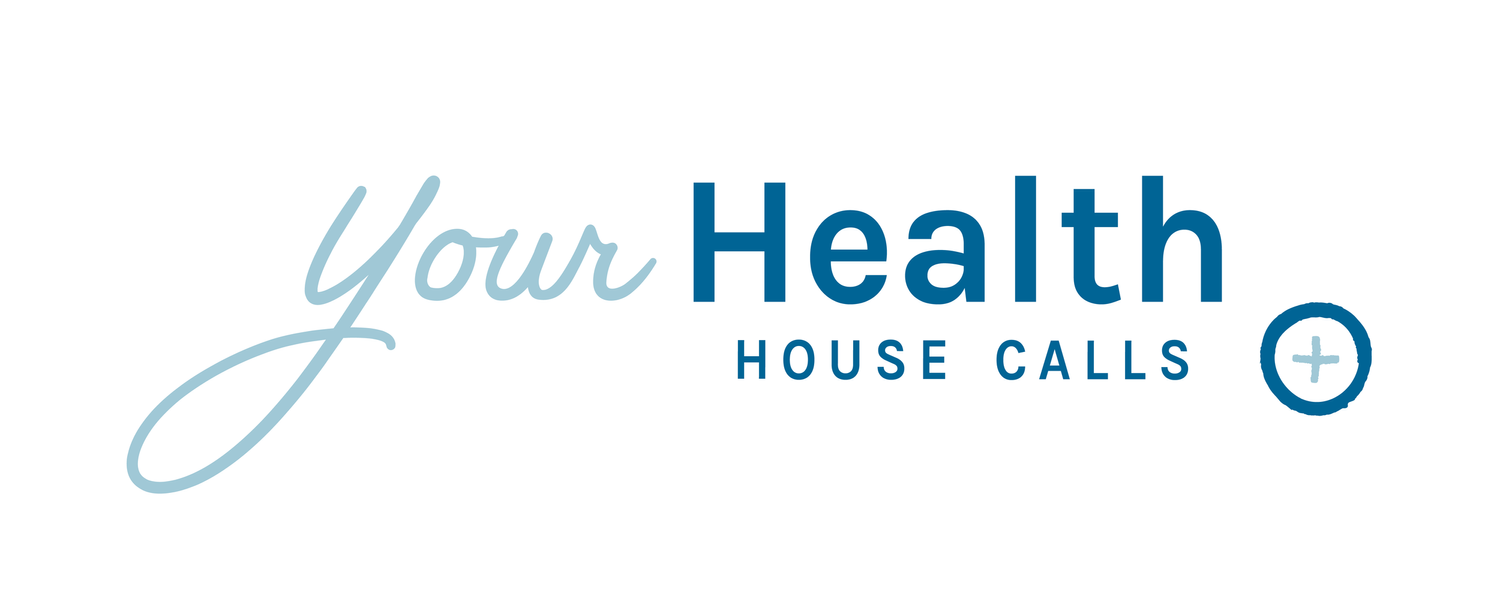Patient-Centric, the Future of Healthcare Delivery
One of the overlooked advantages of providing patient care through telehealth or in-home visits is the amount of patient customization medical care companies can provide. Medical home visits can handle anything from lab work, immunizations, x-rays, automated medication dispensing, specialist referral, advanced care planning, and the daily remote monitoring of vitals. All these services are possible with existing technologies and third-party mobile providers specializing in servicing this growing sector of the medical profession. These components allow medical organizations like South Carolina & Georgia House Calls to provide both routine preventative medicines and the ongoing management of more complex chronic conditions.
Advantages to in-home care are numerous for both the patient and provider. One of the most significant advantages is a shift from provider-centric care to patient-centric care. An article published in Boston Magazine compiled data from several sources, including the American Time Use Survey, which calculated that an average traditional office visit takes 121 minutes. This two-hour block includes travel, paperwork, waiting, paying for the appointment, and an approximate window of 20 minutes of seeing the doctor. Another report in the Business Insider estimates time with the doctor as even less at 13-16 minutes. In addition to the small window of actual care provided, an article in Luma Health states that patients in mid-sized markets across the country are waiting an average of 32 days for an office visit.
There is an apparent time and convenience factor with in-home care, but what about the patient's perception of the care provided? Although not an exhaustive study, an article published in the US National Library of Medicine and the National Institute of Health offers a clue to how patients perceive this type of care. Every patient involved in the survey said there was an increased level of trust with their provider.
In addition to in-home face-to-face visits, telehealth has also proven an effective tool in providing the frequency of visits some patients require to maintain a proper healthcare regime. The telehealth component has additionally opened up vast swaths of rural America, which traditionally is underserved by the medical community.
SC House Calls & GA House Calls is a network of nearly 250 medical professionals providing In-home medical house calls and Telehealth visits to Private Residences, Assisted Living Communities, and Skilled Nursing Facilities. SC House Calls serves all 46 Counties of South Carolina. New patient registration, appointments, and 24-7 access to medical professionals is available through its Center for Telehealth @ 800-491-0909
Resources/References
Business Insider
Luma Health
US National Library of Medicine and the National Institute of Health

